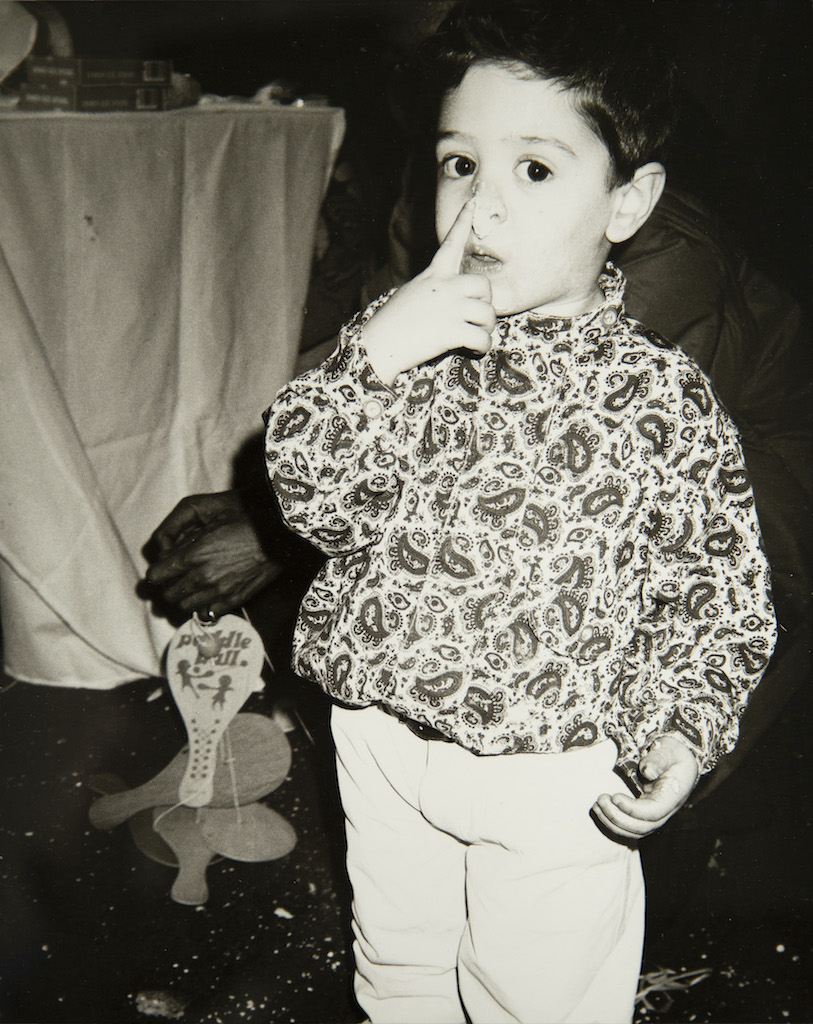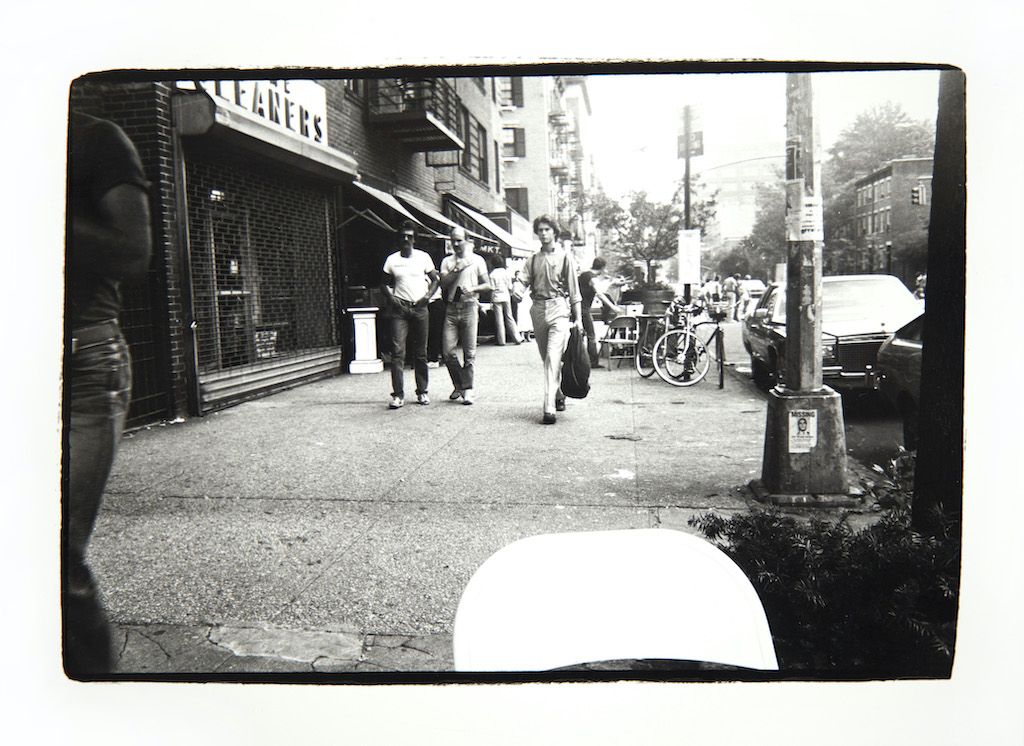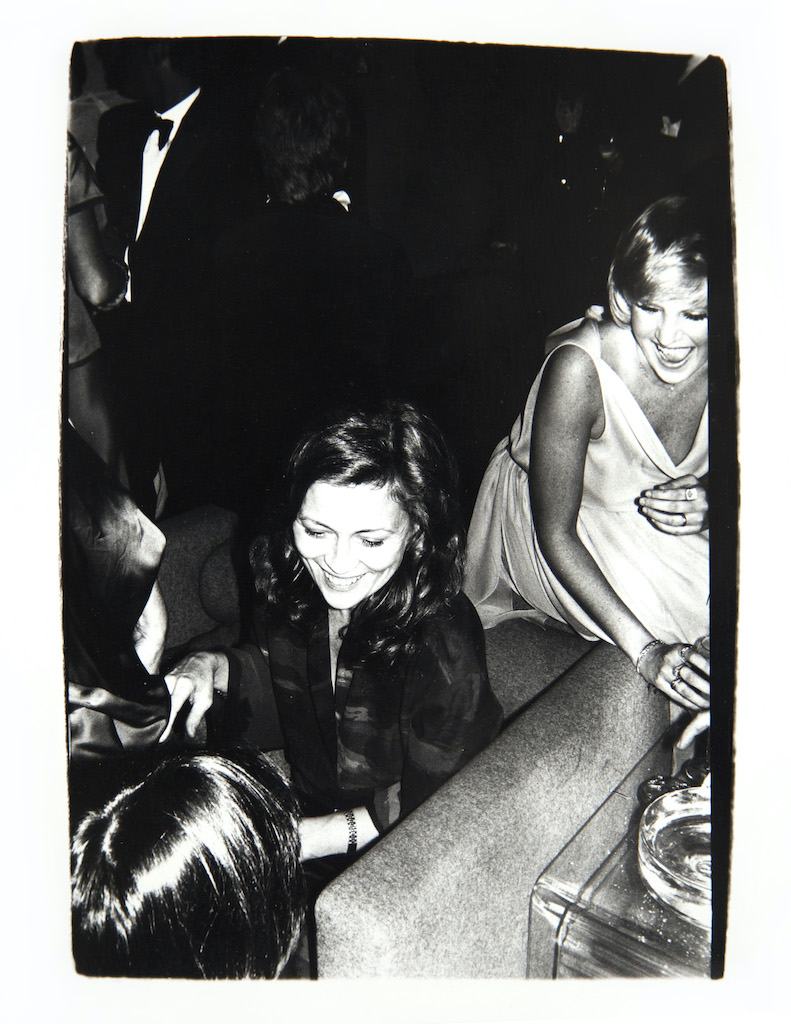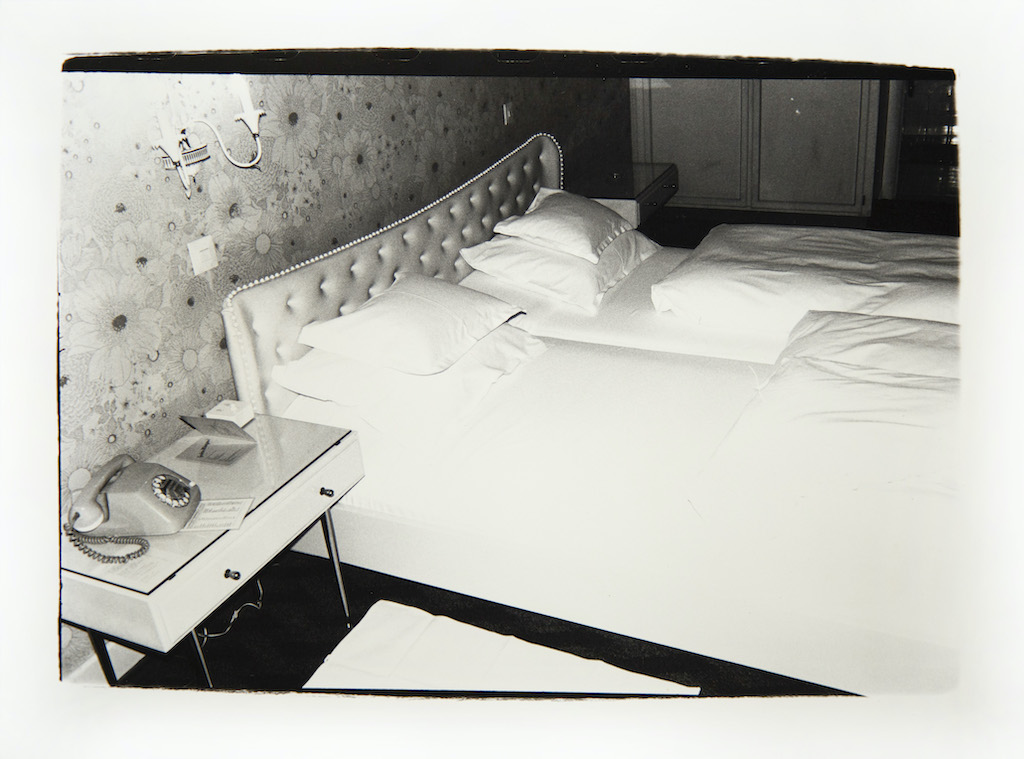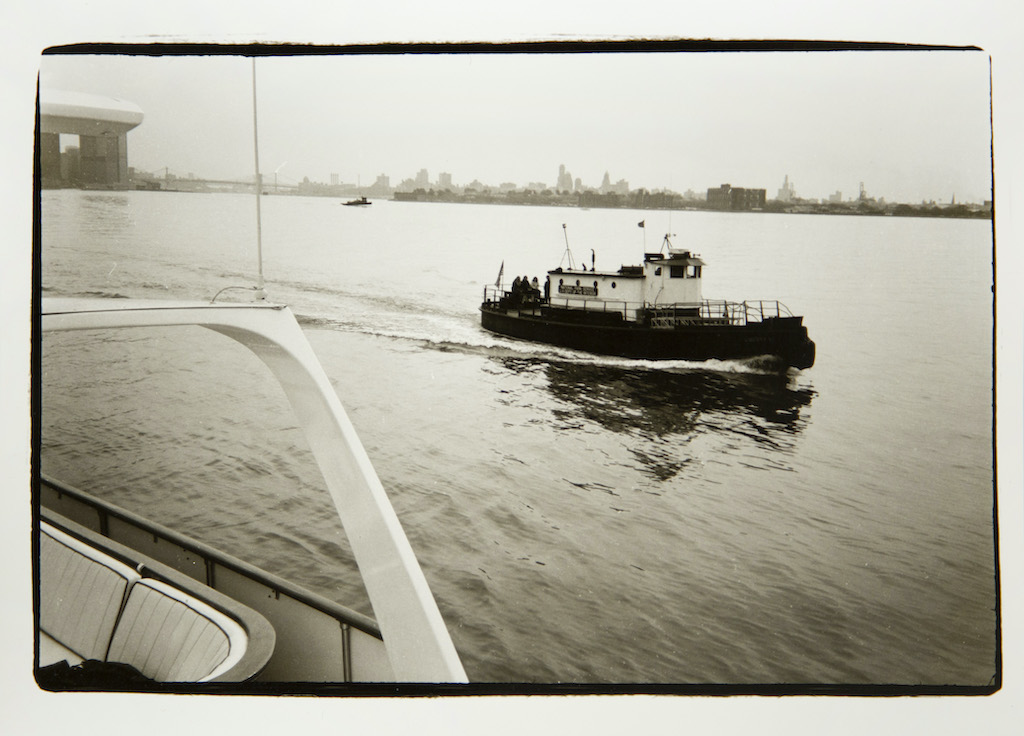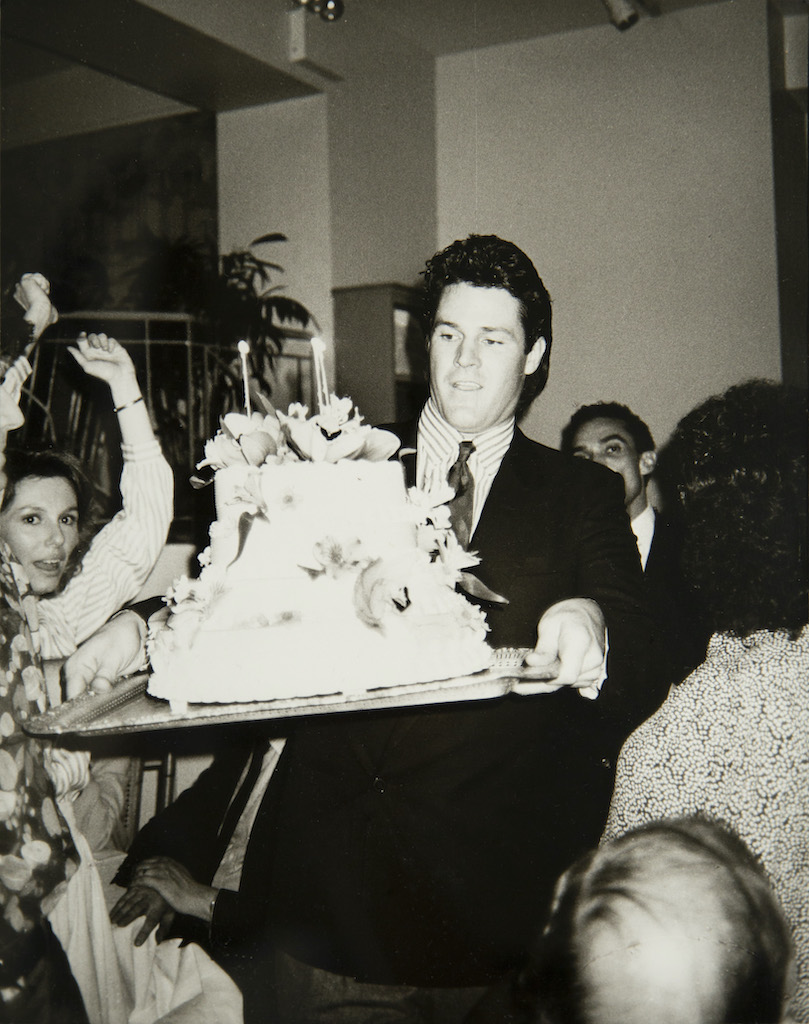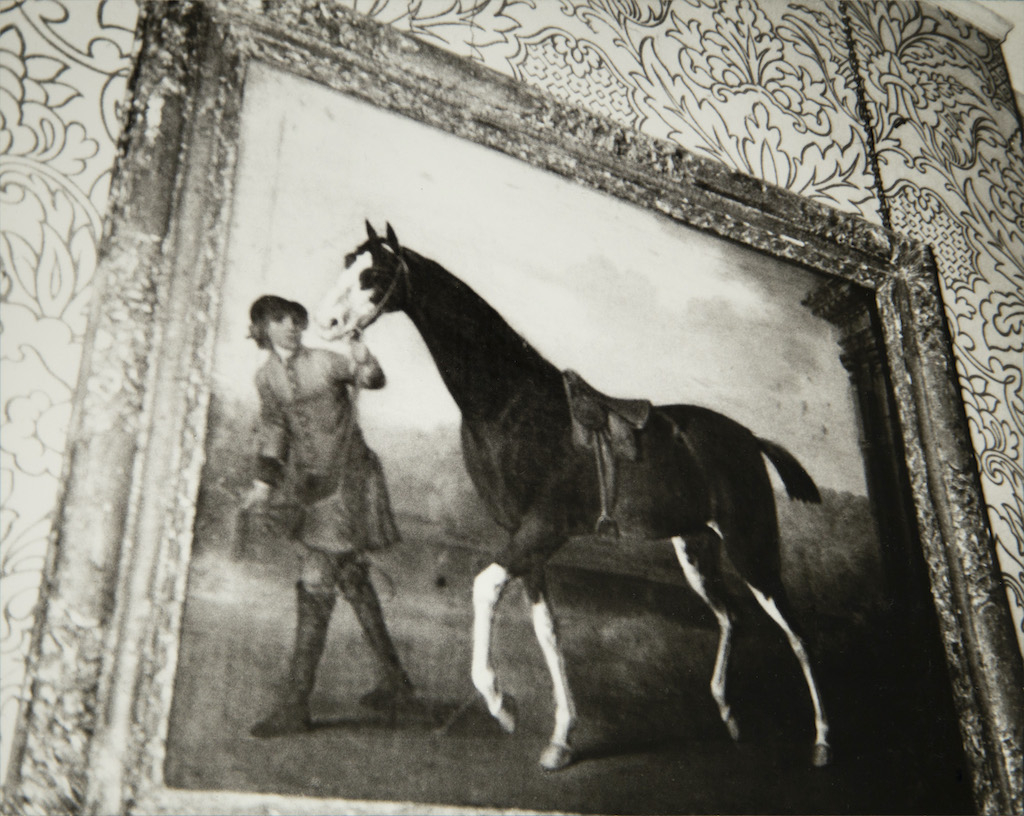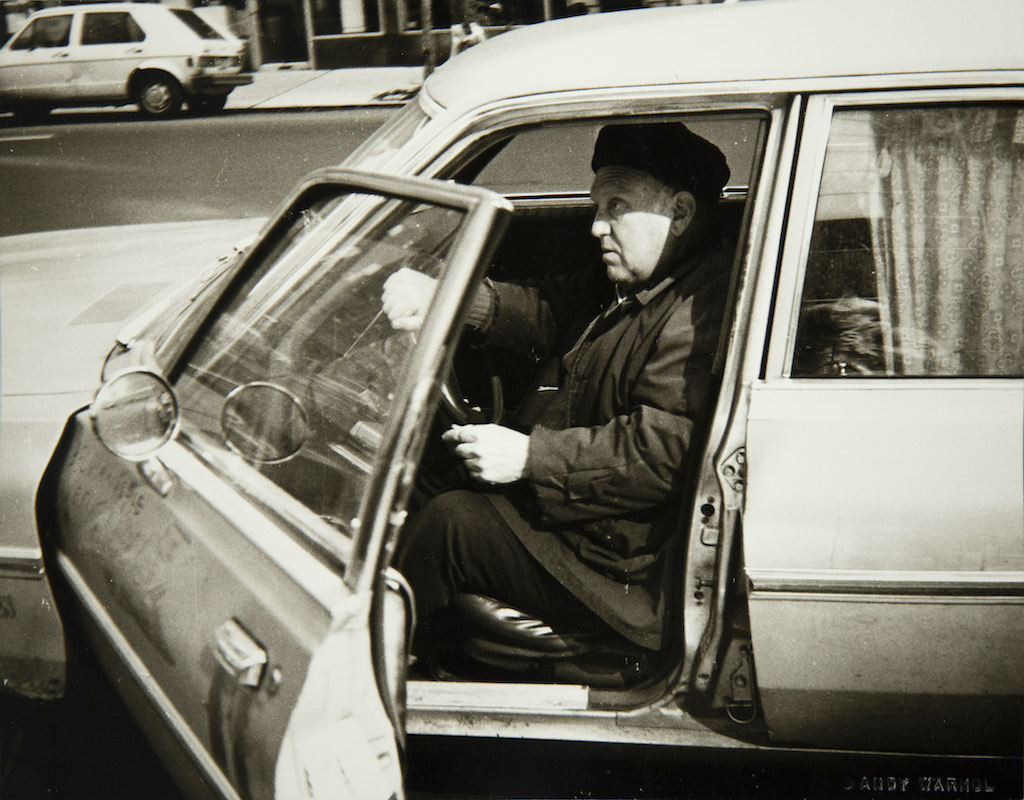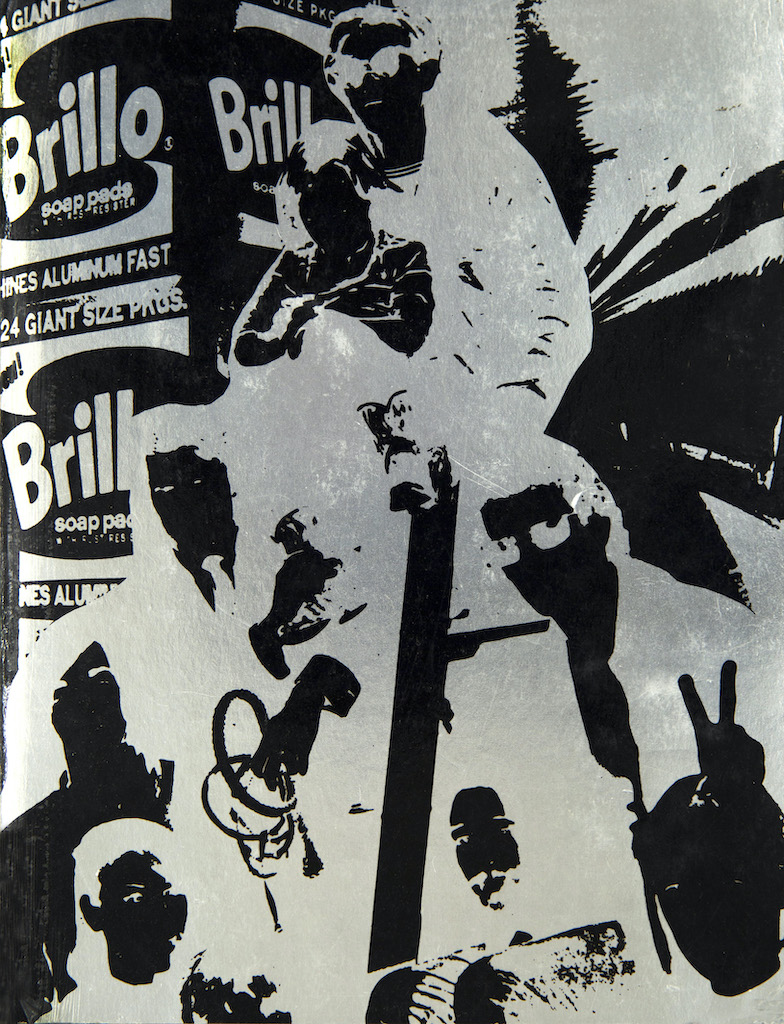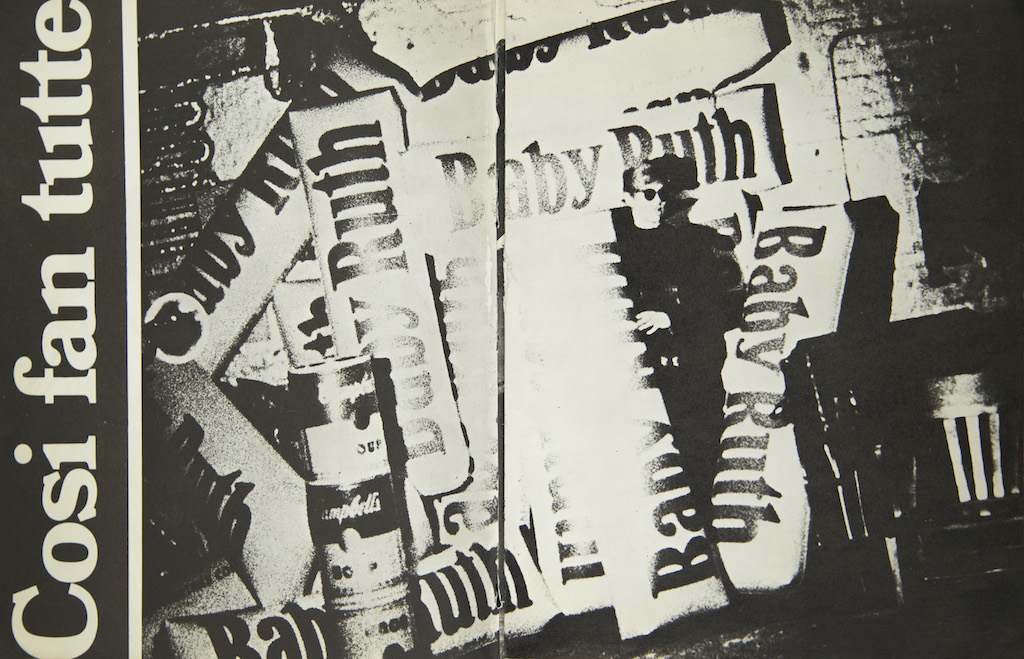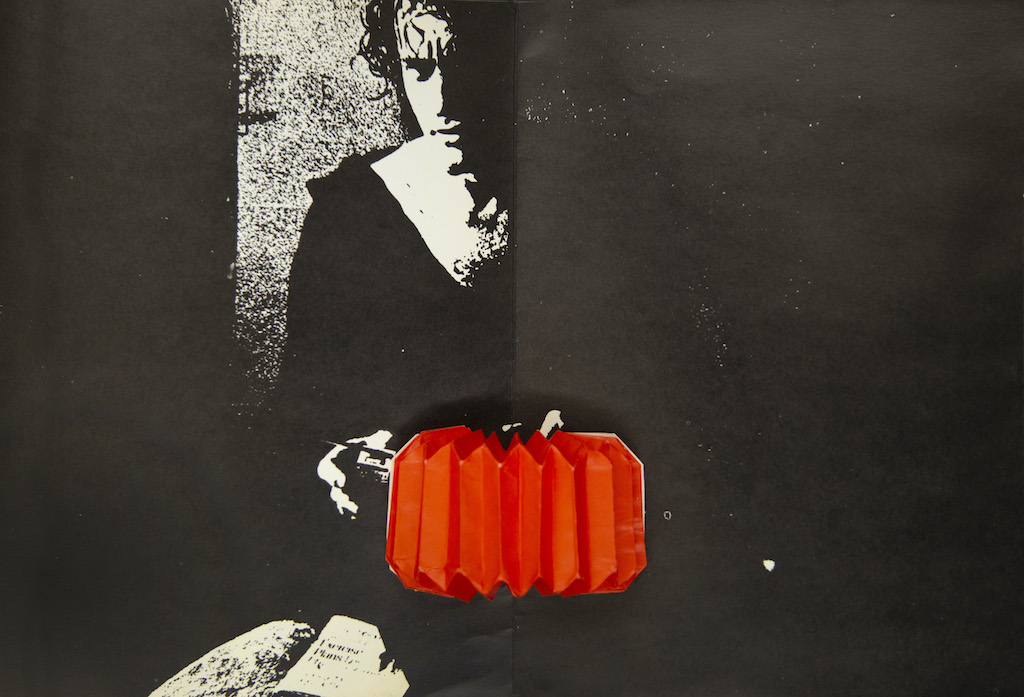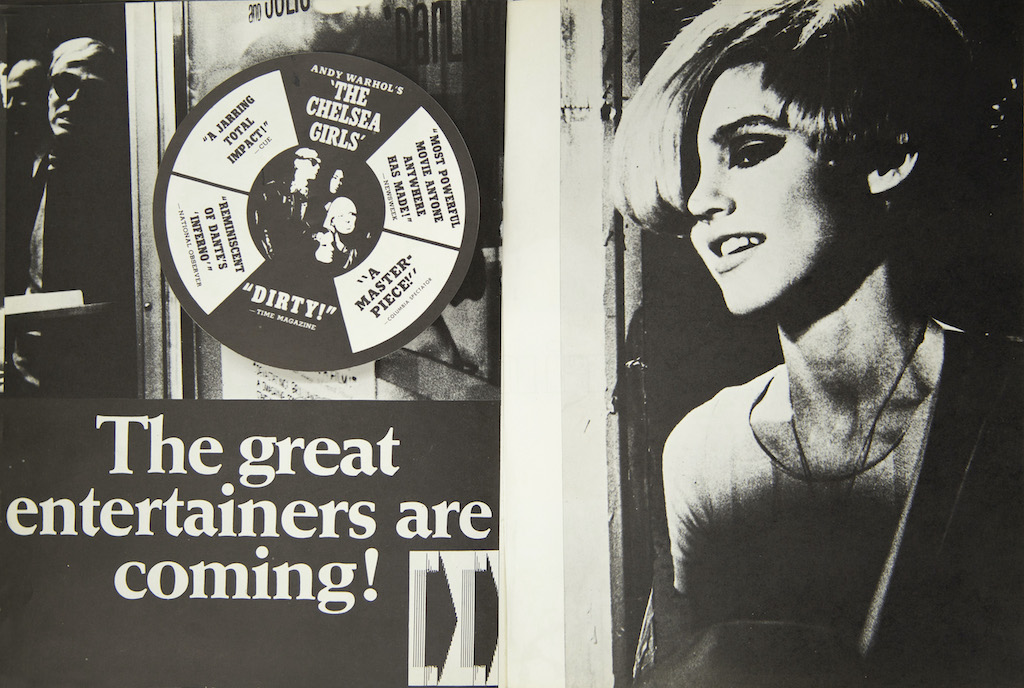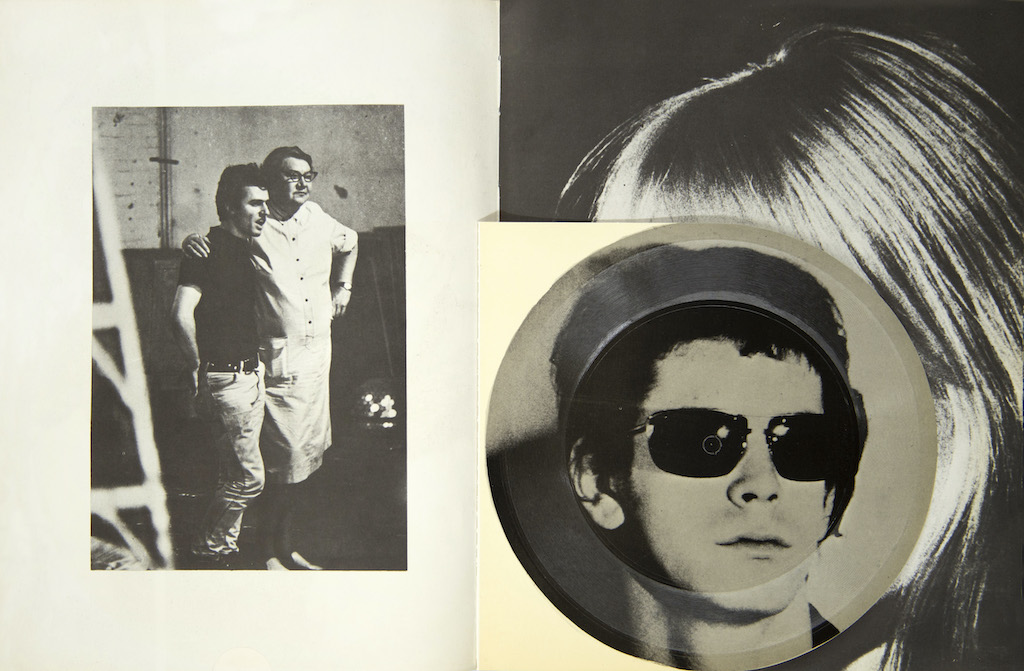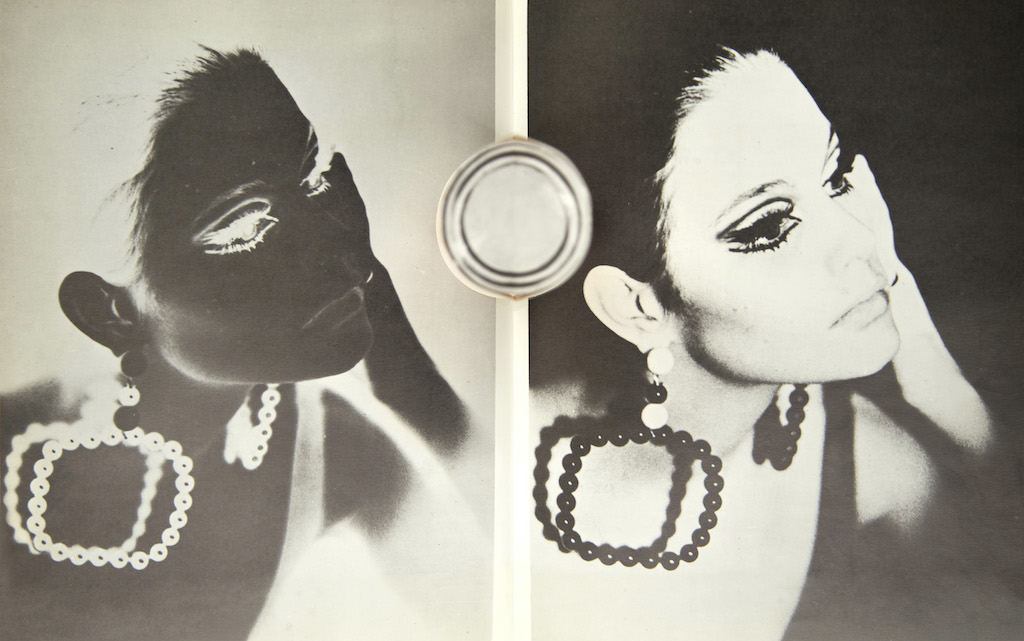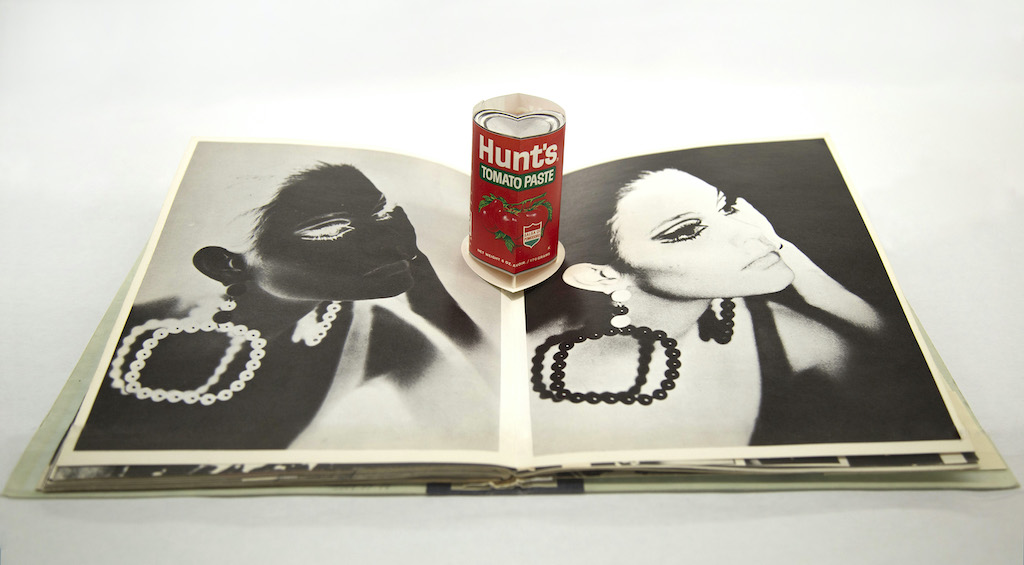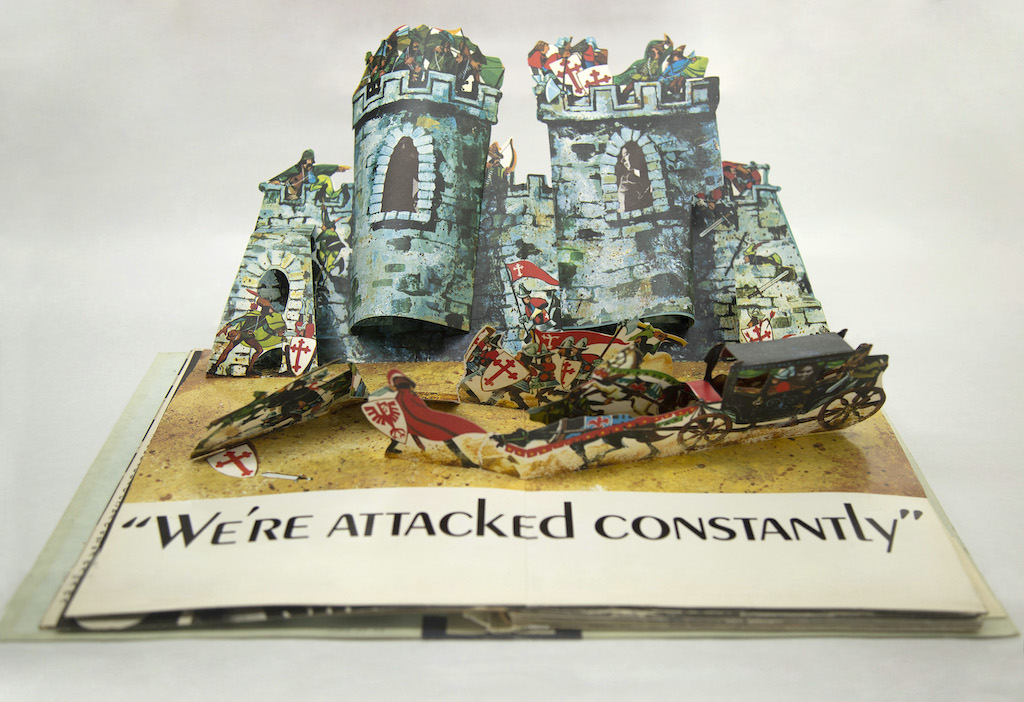Warhol holding a Konica C35EF (left) and a Polaroid SX-70 (another commonly cited Warhol camera).
http://theshuttergoesclick.blogspot.com/2010/07/andy-warhols-cameras.html
In 2007, the Andy Warhol Photographic Legacy Program donated 150 original photographs to GTM’s collection with the intention of sharing 28,000 photographs with university and college museums throughout the country. This gift was comprised of one hundred polaroid portraits and fifty never-before-seen black and white prints.
Starting in 1977, Andy Warhol put aside the polaroid that had been his signature camera up to that point, for the 35mm Minolta camera which would become his constant companion for the next twenty years. “He called it his date,” said James Hedges of Hedges Projects. “He was taking it to dinners at Diana Vreeland’s apartment or out to Studio 54.” Documenting his world in a kind of visual note-taking, as evidenced by 200,000 rolls of film shot between 1977 and 1985 alone, Warhol was creating an archive of material for future projects.
Questioned about his photographic process when featured in “American Photographer” magazine in 1985, Warhol coyly answered in his usual obfuscating fashion: “I just do it because the camera is something to carry around in my pocket.”
Often shooting the pop culture icons Warhol is known for; celebrities, musicians, male nudes, models, style makers, and writers, the black and white prints also became a visual diary of the quotidian. In his “shot from the hip” works in this exhibition, people walking in the East Village, an anonymous hotel bed, a child at a birthday party, and an exhausted black car driver on a break, became fodder for this compulsive picture-taking practice.
These works demonstrate how critical photography was to his work. The camera became yet another extension of Warhol’s conflicted concerns, revealing either a complete distance from the scene, or a kind of yearning for these subjects.
The images from the little known Andy Warhol’s Index (Book) were included to demonstrate what an incredible polymath he was with a diverse practice of painting, photography, graphics, and filmmaking. A critical document of the late 1960s in NYC, the book weds interviews with images of daily life at the Factory. This work, called “a children’s book for hipsters,” is a cunning amalgamation of texts and photographic pop-ups, fold-outs, collaged elements, and a 7” flexi disk by the Velvet Underground, a rock and roll group whose career he managed for about two years.
Children, undated | People on the Street, undated |Faye Dunaway and Lorna Luft | Hotel Room Bed | Tugboat (May 11, 1982) | Birthday Cake | Horse Painting | Unidentified Man | Andy Warhol’s Index (Book), 1967
Andy Warhol
Children, undated
Gelatin silver print
2007.9.130
Andy Warhol
People on the Street, undated
Gelatin silver print
2007.9.139
Andy Warhol
Faye Dunaway and Lorna Luft, undated
Gelatin silver print
2007.9.121
Andy Warhol
Hotel Room Bed, undated
Gelatin silver print
2007.9.148
Andy Warhol
Tugboat (May 11, 1982)
Gelatin silver print
2007.9.141
Andy Warhol
Birthday Cake, undated
Gelatin silver print
2007.9.145
Andy Warhol
Horse Painting, undated
Gelatin silver print
2007.9.149
Andy Warhol
Unidentified Man, undated
Gelatin silver print
2007.9.111
Andy Warhol
Andy Warhol’s Index (Book), c. 1967
Artist’s book, offset lithograph printed with pop-ups, fold-outs, collage additions, and one 7” Flexi disk by Velvet Underground
2008.00.49
Images by Jacqui Hopely Monkell


